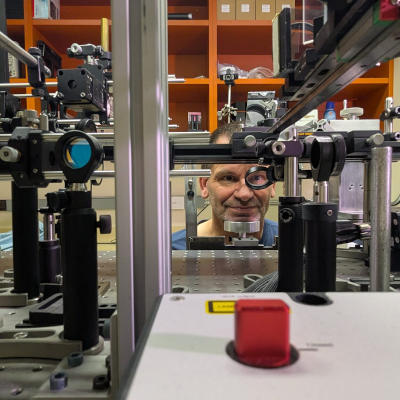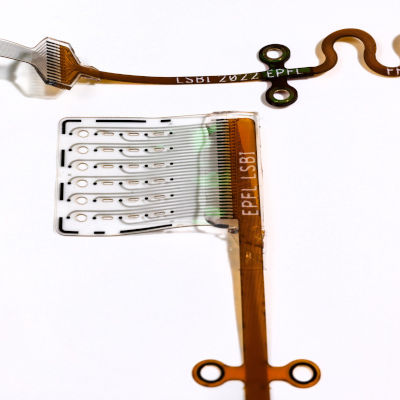Ultrasound microrobots guide medications to treat brain tumors, other conditions
Dec. 08, 2023.
2 mins. read.
2 Interactions
Ultrasound is widely used in the medical field, is safe, and (as a replacement for magnetic fields) microrobot bubbles can penetrate deep into the body to carry medications to treat cancer, stroke and psychological conditions, say researchers
Brain tumors, brain hemorrhages and neurological and psychological conditions are often hard to treat with medication. Even when effective drugs are available, they tend to have severe side effects because they circulate throughout the brain, not just the area they are meant to treat.
So researchers at ETH Zurich, the University of Zurich and University Hospital Zurich have now developed mini-transporters that can be guided through the dense maze of blood vessels in the brain of an animal, using ultrasound. Compared to magnetic fields and other methods, “ultrasound is widely used in the medical field, is safe, and penetrates deep into the body,” said Daniel Ahmed, Professor of Acoustic Robotics at ETH Zurich and supervisor of the study.
Ultrasound-guided microbubbles “likely to be approved”
The gas-filled 1.5 micrometer microbubbles are coated in lipids, the substances that biological cell membranes are made of. The bubbles are used as contrast materials and are guided through blood vessels.
“Since these bubbles, or vesicles, are already approved for use in humans, it’s likely that our technology will be approved and used in treatments for humans more quickly than other types of microvehicles currently in development,” says Ahmed, who was awarded a Starting Grant by the European Research Council ERC in 2019 for his project to research and develop this technology.
Ultrasound-guided microbubbles also dissolve in the body once they’ve done their job, unlike magnetic-based microvehicles, and are small and smooth. “This makes it easy for us to guide them along narrow capillaries,” says Alexia Del Campo Fonseca, a doctoral student in Ahmed’s group and lead author of the study.
Tests in mice
Ahmed’s team has tested this method on blood vessels in the brains of mice. They also used ultrasound to hold the vesicles in place and guide them through the brain vessels against the direction of blood flow, including convoluted blood vessels.
The researchers attached four small transducers to the outside of each mouse’s skull. These devices generate vibrations in the ultrasonic range, which spread through the brain as waves.
To create the imaging for this study, the researchers used two-photon microscopy. In the future, they want to use ultrasound itself for imaging. The researchers next plan to use these medical devices for treating cancer, stroke and psychological conditions. The researchers’ next step will be to attach drug molecules to the outside of the bubble casing for transport. They want to enhance the entire method to the point at which it can be used in humans, hoping it will one day provide the basis for the development of new treatments.
Citation: Alexia Del Campo Fonseca, Chaim Glück, Jeanne Droux, Yann Ferry, Carole Frei, Susanne Wegener, Bruno Weber, Mohamad El Amki,Daniel Ahmed I2023). Ultrasound trapping and navigation of microrobots in the mouse brain vasculature. Nature Communications volume 14, Article number: 5889 (21-Sep-2023). https://www.nature.com/ar ticles/s41467-023-41557-3 (open-access)
Let us know your thoughts! Sign up for a Mindplex account now, join our Telegram, or follow us on Twitter.


.png)

.png)


.png)






0 Comments
0 thoughts on “Ultrasound microrobots guide medications to treat brain tumors, other conditions”